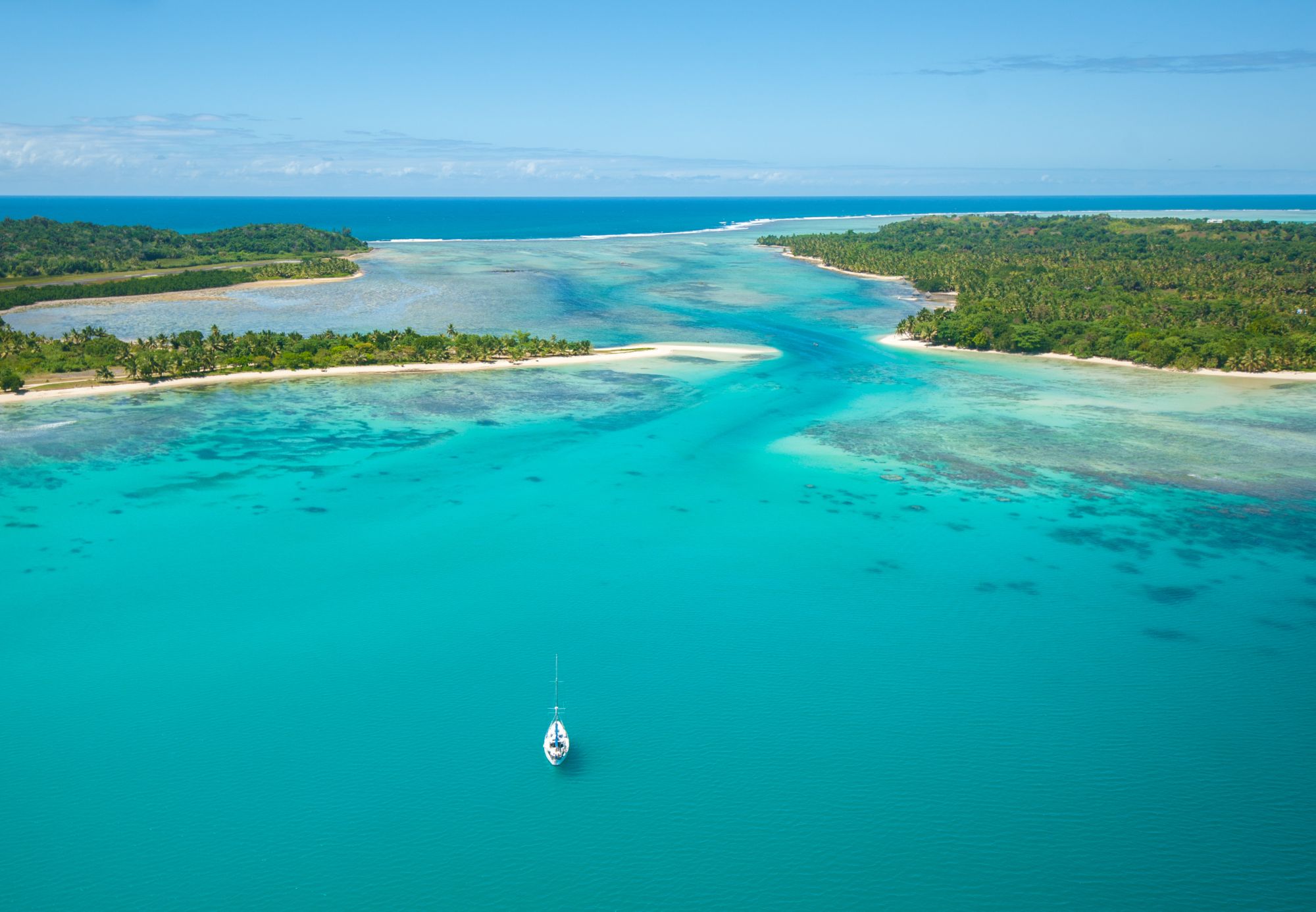
Liveaboard Diving in Madagascar
Madagascar is an island country in the Indian Ocean off the southeastern coast of Africa, which includes the island of Madagascar, as well as numerous smaller peripheral islands. Main international airport is Ivato International Airport (Antananarivo). Madagascar is a biodiversity hotspot: over 90% of its wildlife is found nowhere else on Earth. Most of its mammals, half of its birds and most of its plants are unique to this island. It is a malarial region, so tourists should avoid insect bites by using effective insect repellant and wearing long trousers and sleeves. If you are looking for unforgettable scuba diving experiences in Madagascar, we can help! Scuba diving in Madagascar is undoubtedly worth the trip. It sports the longest coral reef in the world teeming with vivid and numerous marine creatures. Among the local species there are a lot of big fish, including grouper, manta rays, crocodile fish, yellowfin tuna, whales (especially from June to September), hammerhead sharks, whale sharks, as well as triggerfish, anemones, octopus, turtles, barracuda, blue striped snappers, unicorn fish, and even a coelacanth. The corals are in pristine condition and divers can see several multicolored coral species and luxuriant sea grass beds. The best diving can be done around the islands and islets surrounding Nosy Be on the north and west coasts. The waters around Nosy Be feature coral reefs, walls, drops, wrecks and pinnacles, which vary in depth from 6m/16ft to 50m/164ft, and lots of whale sharks, especially from October to January. The main spot for coral diving near Nosy Be is the island of Nosy Tanikely, it serves as a hub for a marine park and offers fantastic snorkeling. Popular dive spots here include Banc Rosario, Charlies Point, Mitsio Wreck, Nosy Kisimamy and Nosy Tanikely South. Nosy Sakatia and Mitsio or Radames archipelagos are also worth visiting. There are also some good diving sites in Antseranana Diego Bay, on the north of the island which offers a variety of fish, shark watching and more vibrant corals. On the east coast, which is too rocky and rough to nurture coral life, the main diving destination is Saint Marie, which 200 years ago was the only buccaneer kingdom in the world.
When To Go Diving in Madagascar
Сlimate on Madagascar is tropical along the coast, temperate in the inland, arid in the south. The best time to come here is between April and November, when the visibility is good and whales migrate to the island. Monsoons bring storms and cyclones to the east and north of the island from December to March and diving is not recommended. The average water temperature ranges from 28C/83F January through March, to 24C/75F July through August. The average annual air temperature fluctuates between 9C/48F and 27C/80F, with July being the coolest month of the year. Visibility ranges from 10m/32ft to 40m/131ft. Humpback whales come here between July and October.